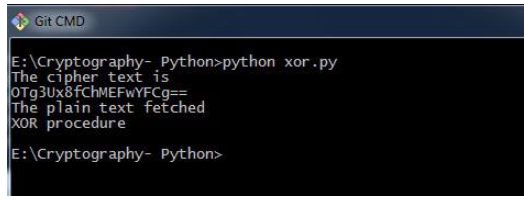

tgtkey )) def _grouper ( self, tgtkey ): while self. currvalue = object () def _iter_ ( self ): return self def _next_ ( self ): while self. Is needed later, it should be stored as a list:Ĭlass groupby : # -> A B C D A B # -> AAAA BBB CC D def _init_ ( self, iterable, key = None ): if key is None : key = lambda x : x self. Object is advanced, the previous group is no longer visible. Because the source is shared, when the groupby() The returned group is itself an iterator that shares the underlying iterable That behavior differs from SQL’s GROUP BY which aggregates commonĮlements regardless of their input order. (which is why it is usually necessary to have sorted the data using the same keyįunction). Generates a break or new group every time the value of the key function changes The operation of groupby() is similar to the uniq filter in Unix. Generally, the iterable needs to already be sorted on Specified or is None, key defaults to an identity function and returns The key is a function computing a key value for each element. Make an iterator that returns consecutive keys and groups from the iterable. See functools.reduce() for a similar function that returns only theĭef filterfalse ( predicate, iterable ): # filterfalse(lambda x: x%2, range(10)) -> 0 2 4 6 8 if predicate is None : predicate = bool for x in iterable : if not predicate ( x ): yield x itertools. mul )) # running product > list ( accumulate ( data, max )) # running maximum # Amortize a 5% loan of 1000 with 4 annual payments of 90 > cashflows = > list ( accumulate ( cashflows, lambda bal, pmt : bal * 1.05 + pmt )) # Chaotic recurrence relation > logistic_map = lambda x, _ : r * x * ( 1 - x ) > r = 3.8 > x0 = 0.4 > inputs = repeat ( x0, 36 ) # only the initial value is used > > data = > list ( accumulate ( data, operator. R-length tuples, in sorted order, with repeated elementsĪA AB AC AD BA BB BC BD CA CB CC CD DA DB DC DD R-length tuples, in sorted order, no repeated elements R-length tuples, all possible orderings, no repeated elements Zip_longest('ABCD', 'xy', fillvalue='-') -> Ax By C- D-Ĭartesian product, equivalent to a nested for-loop


It1, it2, … itn splits one iterator into n

Sub-iterators grouped by value of keyfunc(v) Seq, seq, starting when pred failsĮlements of seq where pred(elem) is falseįilterfalse(lambda x: x%2, range(10)) -> 0 2 4 6 8 Iterators terminating on the shortest input sequence: IteratorĬom_iterable() -> A B C D E FĬompress('ABCDEF', ) -> A C E F Sum(map(operator.mul, vector1, vector2)).Įlem, elem, elem, … endlessly or up to n times Operator can be mapped across two vectors to form an efficient dot-product: These tools and their built-in counterparts also work well with the high-speedįunctions in the operator module. The same effect can be achieved in Pythonīy combining map() and count() to form map(f, count()). Together, they form an “iteratorĪlgebra” making it possible to construct specialized tools succinctly andįor instance, SML provides a tabulation tool: tabulate(f) which produces a The module standardizes a core set of fast, memory efficient tools that are This module implements a number of iterator building blocks inspiredīy constructs from APL, Haskell, and SML. itertools - Functions creating iterators for efficient looping ¶


 0 kommentar(er)
0 kommentar(er)
